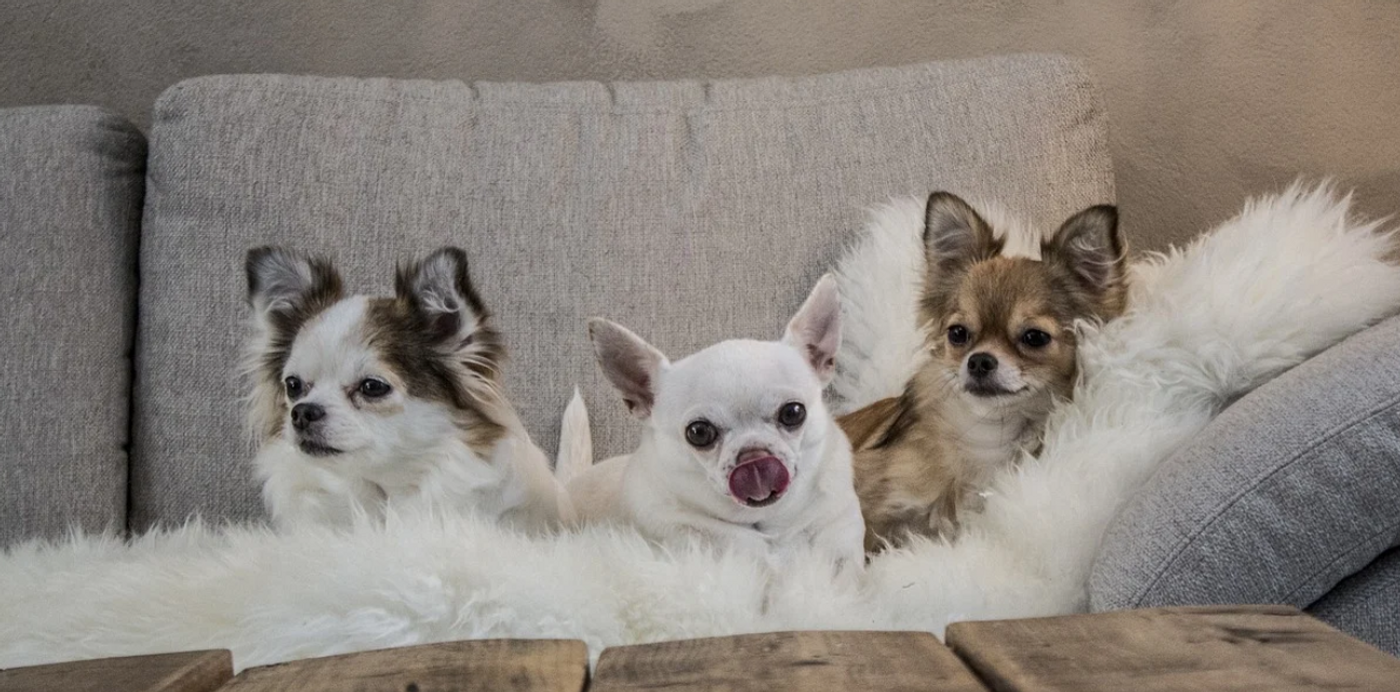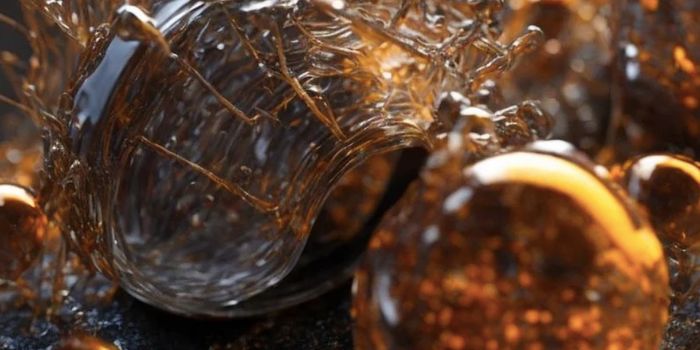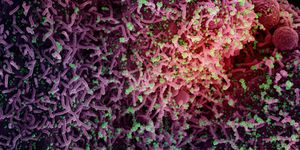Small Dog Genetics Originated in Ancient Wolves
It's been thought that small dogs were bred that way to fill man's demand for a tiny best friend. But it seems that the origins of little dogs can actually be traced back to wolves. New research has indicated that Chihuahuas and Pomeranians arose because of a genetic mutation that affects a gene that helps regulate hormones. This mutation was present in wolves as many as 50,000 years ago, and before the domestication of dogs is thought to have occurred. The findings have been reported in Current Biology.
Scientists have long been looking for a genetic mutation that could explain small dog size. Postdoctoral researcher Jocelyn Plassais, PhD, who works in the lab of Elaine Ostrander, was interested in the sequences near genes positioned backwards, and whether any were also found in ancient canine DNA. This method enabled the scientists to identify a gene called insulin-like growth factor 1 (IGF1), but in reverse.
Variants in the IGF1 gene were then linked to variation in dog body size. "We looked at 200 breeds, and it held up beautifully," Ostrander noted.
Study collaborators then searched through sequences of ancient wolf DNA for IGF1 mutations. This work revealed that a sample of DNA from a Siberian wolf that lived 54,000 years ago (called Canis lupus campestris) also carried the mutation. "It's as though Nature had kept it tucked in her back pocket for tens of thousands of years until it was needed," Ostrander said.
Though theories have suggested that ancient dogs were large and they've gotten smaller over time, and when they were domesticated, this work shows that idea may not be correct.
The researchers are planning to continue studying genes that are involved in controlling body size. Ostrander noted that since dogs "have evolved so recently there aren't actually a lot of body size genes." We only know of 25 genes that influence body size in canids, while humans by comparison have several hundred. "I really want to understand the whole continuum, from Chihuahuas to Great Danes," added Ostrander.
Sources: Cell Press, Current Biology









